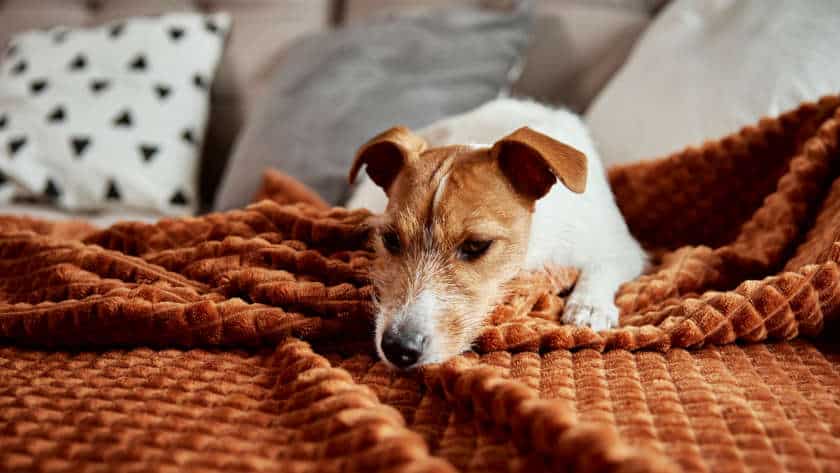Building a Strong Bond to Prevent Jumping in Puppies Creating a sturdy connection with your pup is key for teaching them not to jump. Here are some tips to assist you in forming a strong bond with your pup:
Spend quality time each day with your pup. Have fun by playing fetch, going…










